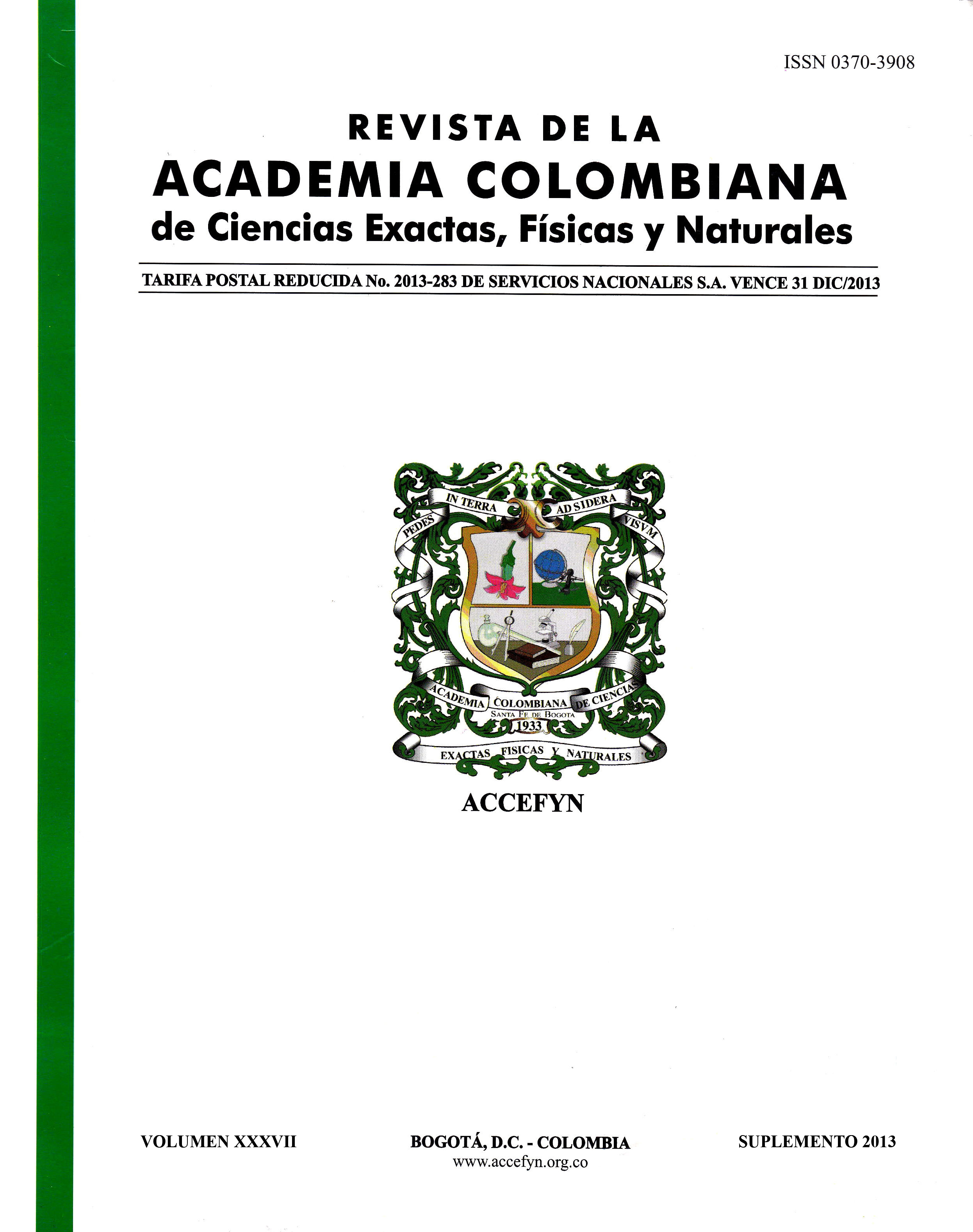Resumen
En el presente trabajo se muestran algunos logros relacionados con los efectos de dos colorantes naturales co- Jombiano en las celdas solares tipo Grätzel. Los colorantes usados son achiote y mora de castilla, los cuales son usados para desarrollar un proceso fotoquimico que asemeja la fotosíntesis. El uso de estos sensibilizadores en unión con películas nanocristalinas de un óxido semiconductor (TiO2) permite incrementar la absorción de luz solar. La técnica de espectroscopía Raman se ha usado para caracterizar el achiote. En los espectros se observa que las muestras tienen una fuerte fluorescencia en el rango entre 640 y 800 nm, la cual es muy sensible a la potencia del laser. Después de construidas las celdas solares, la eficiencia obtenida está alrededor de 0,13% en €l mejor de nuestros casos hasta ahora.
Referencias
O'Regan B, aud Gractzel M, 1991, A low-cost, high-efficiency solar cell based on dye- sensitized colloidal TIO2 films, Nature 353, 737
Ali Ram. and Nayan N, 2010, Fabrication and analysis of dye- sensitized solar cell using natural dye extracted from dragon fruit, International Journal of Integrated Engineering, 2 55
Calogero G, et al. 2012, Anthocyanins and betalains as light-harves- ting pigments for dye-sensitized solar cells, Solar Energy 86, 1563

Esta obra está bajo una licencia internacional Creative Commons Atribución-NoComercial-SinDerivadas 4.0.
Derechos de autor 2024 https://creativecommons.org/licenses/by-nc-nd/4.0

